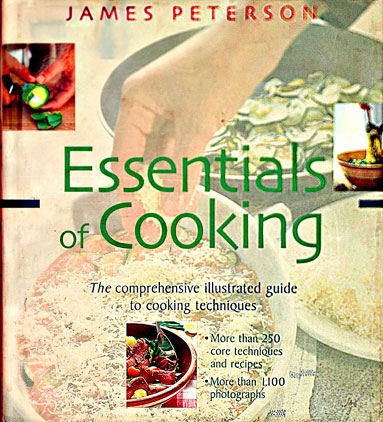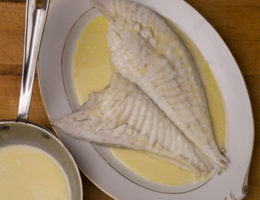You’ll learn a lot a lot about fish soups and stews if you make a bouillabaisse but it also helps to study soups and stews from other countries.
The oldest and most simple approach to making a fish soup is simply to toss whole cleaned fish into salted water—even sea water—or a little wine and serve them whole with the broth served either first or surrounding the fish in large soup plates. But nowadays most Americans don’t know how to eat a whole fish or don’t feel like wrestling with one especially when there’s a lot of potentially messy broth out there. To solve this problem, filet the fish, make a broth with the bones and heads and add the filets only at the last minute.
More sophisticated fish soups and stews follow certain patterns. Typically the broth contains aromatic vegetables in addition to fish heads and bones. In places where small fish are abundant, the basic broth may be made with whole baby fish. Japanese cooks may start out with dashi; Thai cooks may start out with a light broth flavored with kafeer lime leaves, lemongrass, and fish sauce; Indian cooks may incorporate curry leaves; European and American cooks are likely to flavor the basic broth with shallots or onions and perhaps carrots and a little celery and also include wine. Once the basic broth is prepared, it is used to poach the filets of fish. Once the fish has been cooked, the broth is often finished with a final flavoring or thickener. In Western dishes, beurre manié is likely to be added near the end of cooking or, if the dish is a stew, the poaching liquid can be reduced and finished with butter. European cooks also like cream. Few things are as good as a few clams steamed open in wine and their liquid finished with a dollop of French butter. The French thicken their stews with aioli or rouille. Southeast Asian cooks like to finish their stews and soups with coconut milk while Indian and Brazilian cooks often use nut butter such as cashew butter or peanut butter.



Jim, I love what you do. Thank you, Sadie
Thank you.
Jim